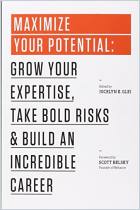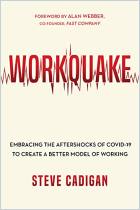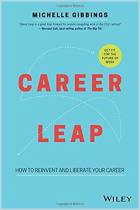
Recommendation
According to career experts Karie Willyerd and Barbara Mistick, everyone has a “sell-by date.” They show you how to avoid becoming obsolete and unemployed as current and future trends change the world of work. While earlier generations remained at the same companies for years, today’s employees tend to job-hop out of necessity. They are more likely to be part-time, freelance or contract workers juggling varied assignments. The authors identify three major themes that can help you maintain and develop your career: take personal responsibility for your advancement, create new options for professional growth, and heed the dreams that motivate you. They advise building a diverse network, cultivating new experiences and persevering in the face of setbacks. Sidebars ending each chapter address how organizations and managers can help their employees. This practical manual confirms that today’s workers must remain self-motivated and resilient. Willyerd and Mistick don’t cover lots of new ground, but they offer solid, sensible advice. getAbstract recommends their practical guidance to employees, freelancers and managers.
Summary
About the Authors
Karie Willyerd works with SuccessFactors and co-wrote The 2020 Workplace: How Innovative Companies Attract, Develop and Keep Tomorrow’s Employees Today. Barbara Mistick, president of Wilson College, started the first national loan buy-back program for college students.









Comment on this summary